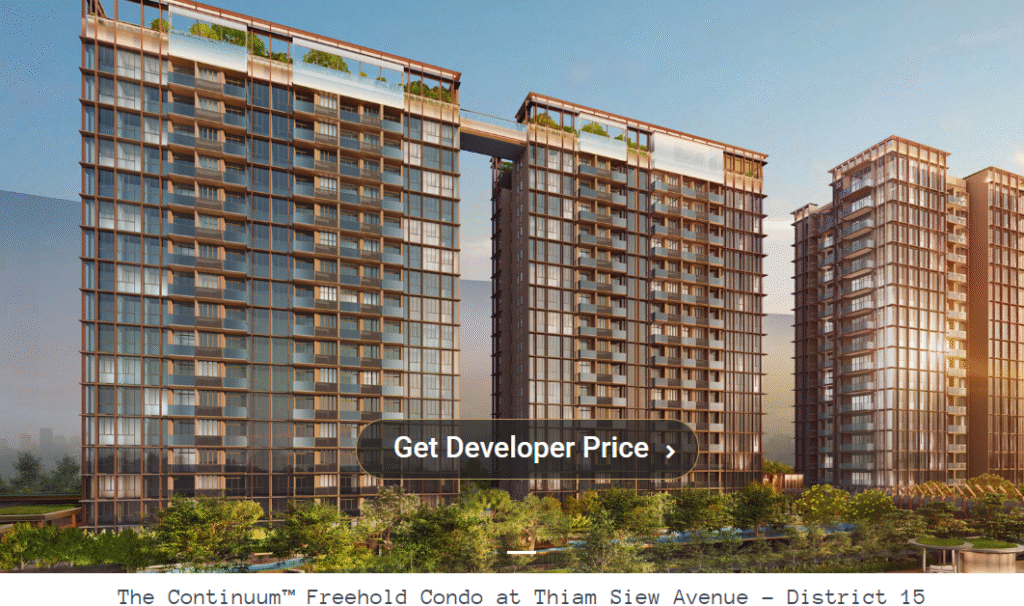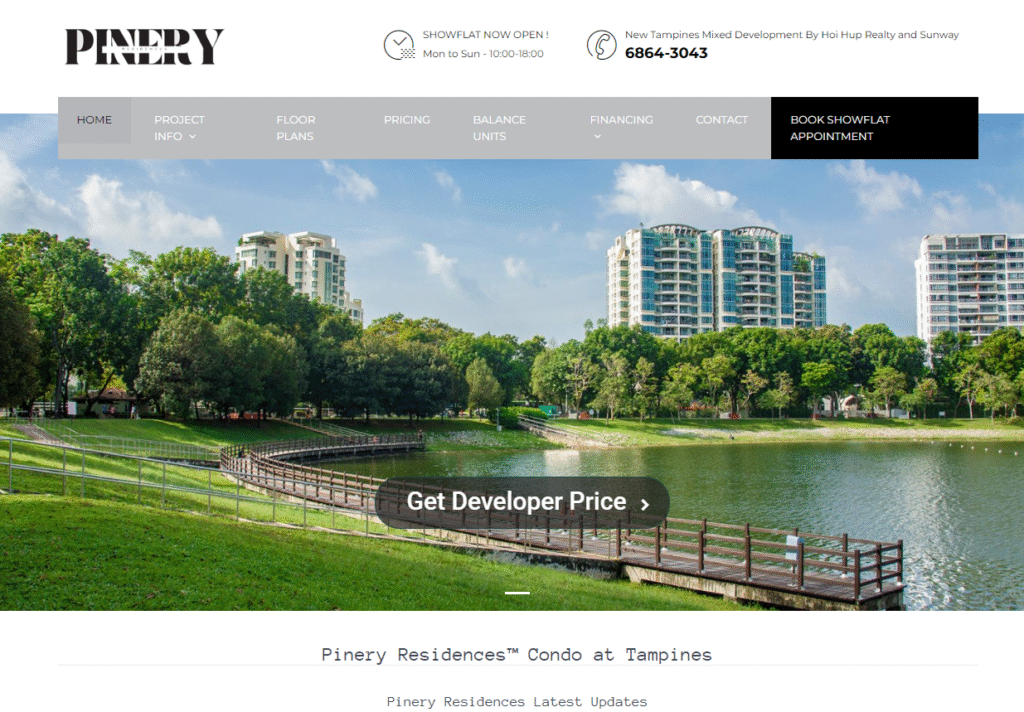Canadian Building Permit Values Fell As Housing Demand Softens From Peak
[ad_1]
Canadian future building construction intentions tapered as interest rates climbed, shows permit data. Statistics Canada (Stat Can) data shows the value of building permits, a leading indicator, made a small dive in March. Future building plans remain elevated compared to pre-2020. However, residential plans slowed as expected after record building activity.
Canadian Building Permit Values Fell 9% In March
Canadian building permits took a dip in the latest numbers. The value of building permits reached $11.7 billion in March, down 9.3% from a month before. While down, future building intentions remain 5.2% higher than last year — at least in dollar terms. The non-residential sector was behind the monthly drop. Annual growth was slowed by reduced plans for residential building.
Canadian Residential Building Permits Are 3% Lower Than Last Year
The monthly dollar value of residential permits climbed to a 12-month high. Permit values reached $7.9 billion in March, up 4.7% from the month before. Compared to last year, the value is 3.2% lower. Due to the building surge over the past couple of years combined with higher interest rates, a slowdown was widely expected this year.
Canadian Future Building Intentions
The seasonally adjusted value of Canadian residential and non-residential building permits.
Source: Statistics Canada; Better Dwelling.
Non-Residential Construction Permit Values Remain Elevated, But With Noise From A Few Projects
Non-residential building is a much smaller segment, including commercial and institutional buildings. The value of permits for the segment climbed to $3.72 billion in March, down 29.5% from the month before. However, future building intentions are still up 28.9% from last year. The unusual monthly decline was from a temporary surge due to two hospitals, which drove the numbers higher in February. This segment didn’t see a boom over the past couple of years, so we’re mostly seeing a normalization of activity.
Future building intentions remain high, especially for non-residential buildings. Residential construction intentions are still higher than pre-2020 but show some signs of tapering. Low rates pulled forward demand while rising rates helped to push it out further. This year, at least one financial institution is forecasting new home starts will fall by a fifth.
You Might Also Like
[ad_2]
Source link


:max_bytes(150000):strip_icc()/GettyImages-559025517-2000-b3bece30a9074ec3958a4d39f69f2a79.jpg)


